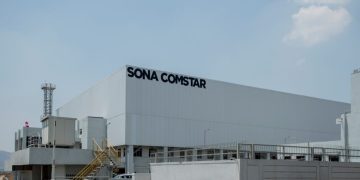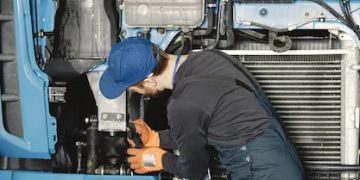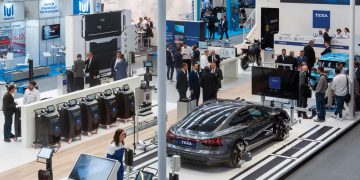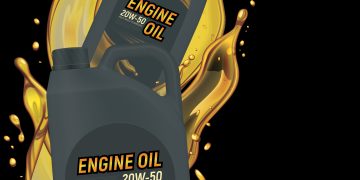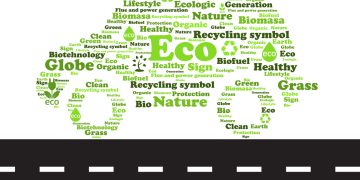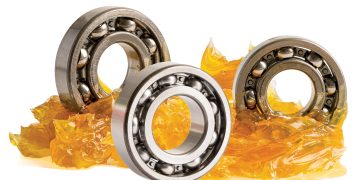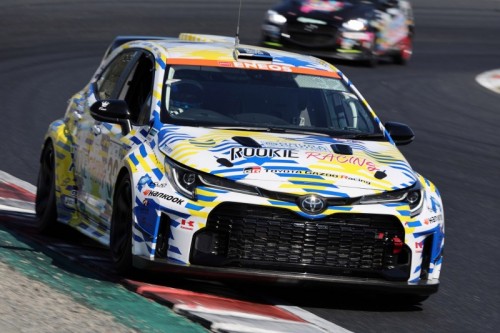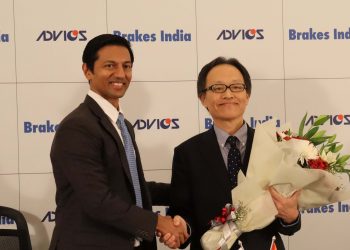Toyota Motor Corporation (TMC) will enter the ENEOS Super Taikyu Series 2023 Round 2 NAPAC Fuji SUPER TEC 24 Hours Race, to be held from May 26 to 28, with the #32 ORC ROOKIE GR Corolla H2 Concept (hydrogen-powered GR Corolla) fuelled with liquid hydrogen.
It is the first time ever that a vehicle will race using liquid hydrogen.
Since May 2021, TMC has competed with a similar hydrogen-powered GR Corolla H2 Concept in Japan by using gaseous hydrogen. Shifting to liquid hydrogen is a big step forward in the development, making the car more competitive.
The liquid hydrogen also makes the pit stops quicker and more efficient, as refuelling can be done in the same pit area as gasoline-powered vehicles. By using liquid hydrogen as fuel, the equipment previously necessary to produce compressed gaseous hydrogen – such as compressors and pre-coolers for cooling hydrogen – are no longer needed.
As a result, the area needed to install the station can be four times smaller compared to stations for gaseous hydrogen. In addition, since there is no longer the need to pressurise when filling, multiple vehicles can be filled in succession.
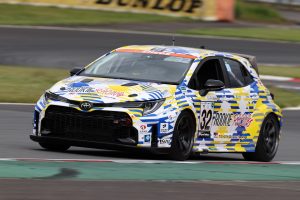
Over the last two months, the GR Corolla H2 Concept’s weight has been reduced by over 50 kg, leading to it beating the lap times of the hydrogen engine-equipped GR Corolla when it first competed in May 2021 using gaseous hydrogen fuel.
TMC has continued development and made improvements through motorsports activities with the support of many partners, and this has made it possible to enter the Fuji 24 Hours Race.
The GR Corolla H2 Concept’s fuel supply system has been modified in conjunction with the change from gaseous to liquid hydrogen. However, the engine is the same as when the vehicle was running on gaseous hydrogen.
And, since the energy density is increased by changing the fuel to liquid hydrogen, the running range has been doubled with the same filling time as before (approximately 1.5 minutes*). TMC is striving to further improve engine performance, running range, and filling time throughout the development programme.
Liquid hydrogen itself must be kept at temperatures lower than -253 degrees Celsius during filling and storage. This poses unique challenges in areas such as developing fuel pump technology that can function in a low-temperature environment, preventing hydrogen from naturally evaporating from the tanks, and establishing regulations for vehicle-mounted hydrogen tanks.
TMC will continue to work on overcoming these challenges with the cooperation of its partners in the areas of producing, transporting, and using hydrogen.
Both gaseous and liquid hydrogen have unique advantages and challenges, with gaseous hydrogen having the advantage of having a simpler system configuration.
TMC will continue to focus on developing both gaseous and liquid hydrogen to increase fuel supply options and make the most of their unique characteristics.



































